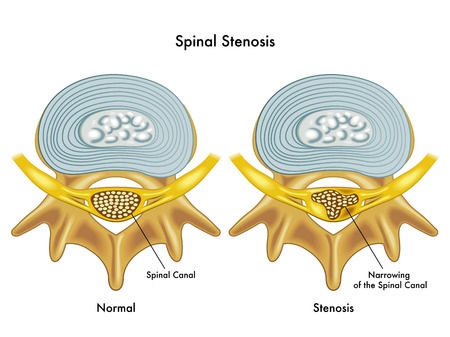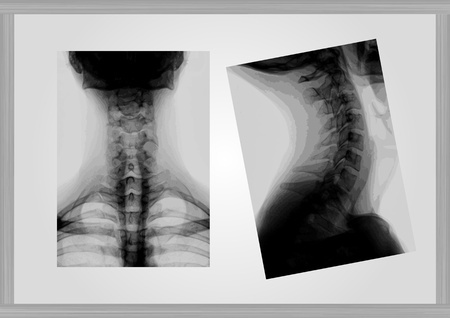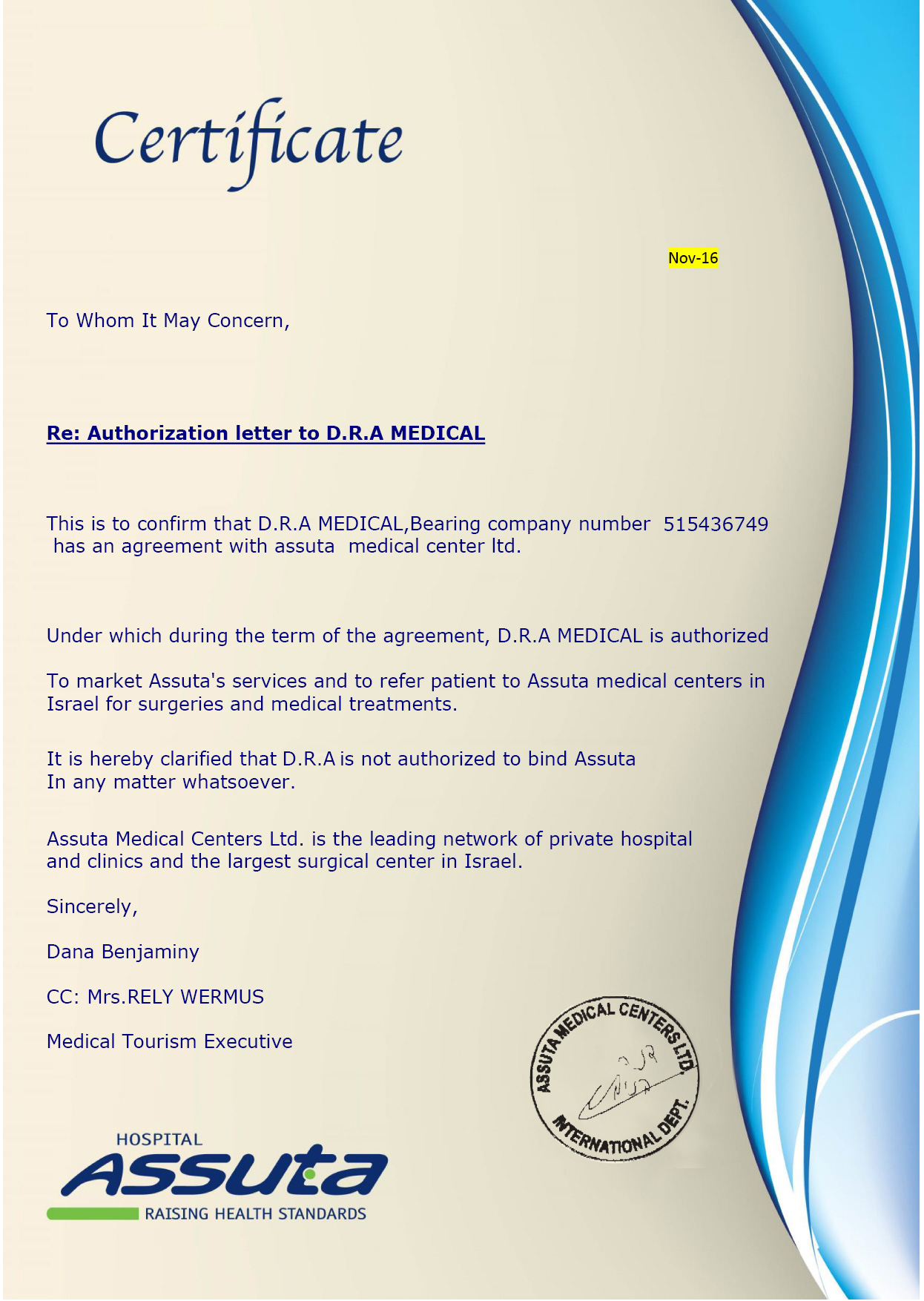Introduction
As you age, it is common for your spine to undergo changes. One of those changes is narrowing of the spine called spinal stenosis. Well, this narrowing actually creates pressure on other parts of the spine as well as its nerves. Therefore, this painful condition can be relieved by a procedure called laminoplasty or decompressive laminectomy. Laminoplasty removes vertebrae from your spine or thickened tissue around your spine that is causing your spine to narrow. Therefore, cervical laminoplasty is a laminoplasty of the neck region.
Who should pursue Cervical Laminoplasty?
If your nerves are agitated or inflamed due to pressure caused by narrowing of your cervical vertebrae, then a cervical laminoplasty may help your condition. Cervical laminoplasty can also relieve pressure on your nerves caused by herniated discs or tumors in your neck region. Pressure on your nerves in any region of your spine can greatly affect your quality of life as well as your overall health.Most spinal stenosis patients suffer from severe symptoms like numbness or weakness that does not improve with nonsurgical treatment. You may also have trouble controlling your waste or balance while moving. So, pursuing decompressive laminectomy is definitely something you should consider.
Planning Cervical Laminoplasty
Again, spinal stenosis can occur in any region of the spine. Yet, it is most common in the lower back or lumbar region. Stenosis of the neck or cervical region is especially dangerous, as it can cause damage to your spinal cord, nerve damage, and even paralysis. Thus, your doctor will most likely schedule you for a cervical laminoplasty sooner rather than later.
Expect your doctor to capture X-ray images of your neck region and record an elaborate list of your symptoms. He or she will also ask you several questions about the level of difficulty you experience while performing daily activities. After gathering this information, your doctor will be able to recommend the best treatment possible.
In addition to cervical laminoplasty, your doctor may suggest a spinal fusion be performed at the same time. Relieving pressure from your nerves and spinal cord is all about stabilizing the spine, so decompressive laminectomy and spinal fusion together can ensure that result. Laminoplasty removes the immediate cause of pressure while the spinal fusion prevents your vertebrae from shifting and recreating that pressure. Nevertheless, spinal fusion can increase your post-surgical complications and recovery time.
How is Cervical Laminoplasty performed?
Overall, your age, symptoms, medical condition, site of narrowing, and amount of nerve pressure determine which technique your surgeon will use for your cervical laminoplasty. These factors will also help your surgeon decide whether a spinal fusion should be performed.Generally, cervical laminoplasty involves an anesthesiologist putting you to sleep with general anesthesia. Next, your surgeon will make an incision over the region that contains the source of your nerve pressure. He or she will then remove the vertebrae or piece of tissue causing pressure in your neck.

If you are selected to receive spinal fusion, then your surgeon will obtain a bone graft from your hip prior to performing your cervical laminoplasty. Then, after the laminoplasty, he or she will place the bone graft in the gap between your vertebrae creating a bridge-like connection. Lastly, your surgeon will close all incisions.
After the surgery
After surgery, you will remain in the hospital for a few days for observation. During this time, your doctor may take additional X-ray images of your neck to verify that the spinal fusion was successful and that your nerve pressure is diminishing. However, it can take as long as three months for your symptoms to improve.Once you return home, allow yourself several months or longer to recuperate. Meanwhile, monitor your health closely for possible complications such as infection, blood clots, instability while standing, numbness, paralysis, difficulty passing urine, or difficulty controlling your bladder and bowels. If you smoke or suffer from circulation problems or diabetes, your doctor will inform you which complications you have a greater risk of developing.
The effects of decompressive laminectomy last for years, but sometimes it is necessary to undergo a second laminoplasty. This is because spinal stenosis can develop in another region of the spine or the tissue that was removed can regrow and press on the spinal cord or nerves. On the contrary, it is important to mention that repeated laminoplasties also increase your risk for spinal stenosis, spine instability, and other complications. Therefore, weighing your options with your doctor and accessing your current quality of life are essential.
If you have questions or concerns, contact a D.R.A. specialists who has extensive experience in cervical laminoplasty and other forms of decompressive laminectomy.









